Some of Zambia’s best light for wildlife photography occurs in the earlier part of the dry season — there’s enough dust in the air to create golden, angular light which is ideal for creating interestingly-lit scenes. It’s not always easy to work with, as it gets bright in the middle of the day, but the opportunities for impressive photos are perhaps greatest in these early months. It’s for that reason that I love the April-June safaris and keep offering these safaris even though they are perhaps outside what is considered the classic safari season.
As you’ll see below, we didn’t miss out on much in this 8-night safari to Anabezi Camp in the Lower Zambezi National Park in mid-May. Choosing to spend a long time in one camp gave us time to follow stories of sightings, get to know the area well and target areas where the light would be best. We also enjoyed long-stay rates which made this safari a great value option.
I was joined by three guests, two of whom are many-time repeats of mine. So it was welcome back to Steve and Thomas and greetings to Charlotte. They all came with a great attitude; thrilled to be in a beautiful place with amazing wildlife and willing to put in the early mornings and the hours to get the best shots. I expected some quiet days – given that it was early in the season – but the sightings rarely let up and we enjoyed great time with all the headliners, and some super light throughout.
Here follows an image-based record of the tour. Thank you for reading and I hope you enjoy!
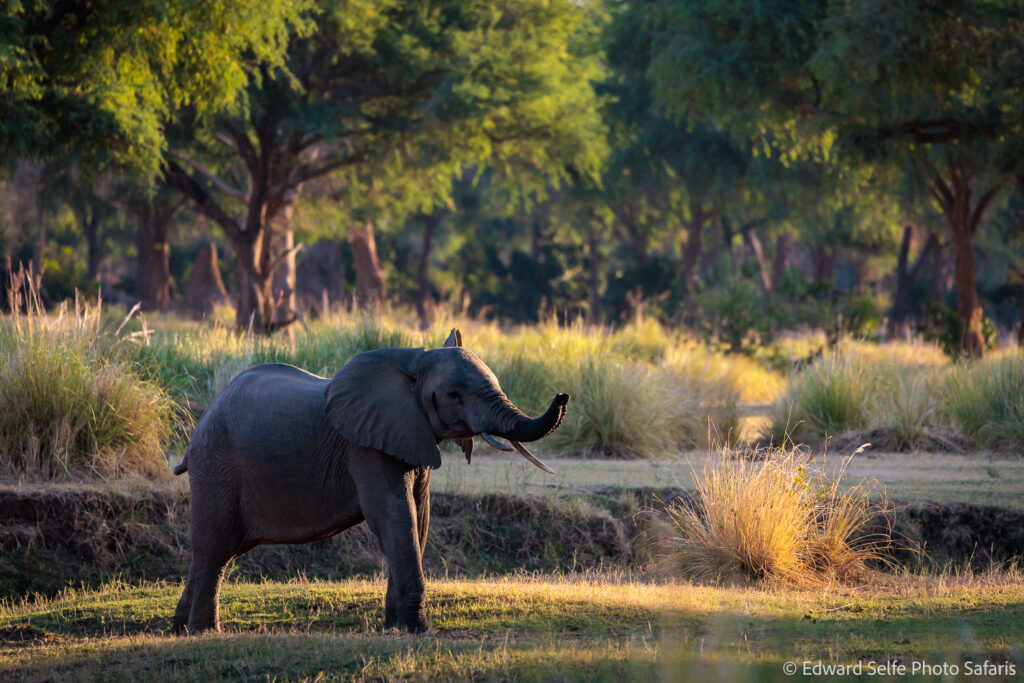
The Lower Zambezi National Park is a 4,000+ sq km area running from the banks of the Zambezi River to high on the Zambezi Escarpment to the north. Much of the most-used safari area is flat and open, with large trees and almost no understory. It makes for great viewing, and it becomes rapidly apparent how many elephants are supported by this system. We saw hundreds during our 10 days in the park, and their presence was great for photography as it gave us constant subjects to watch and enjoy.
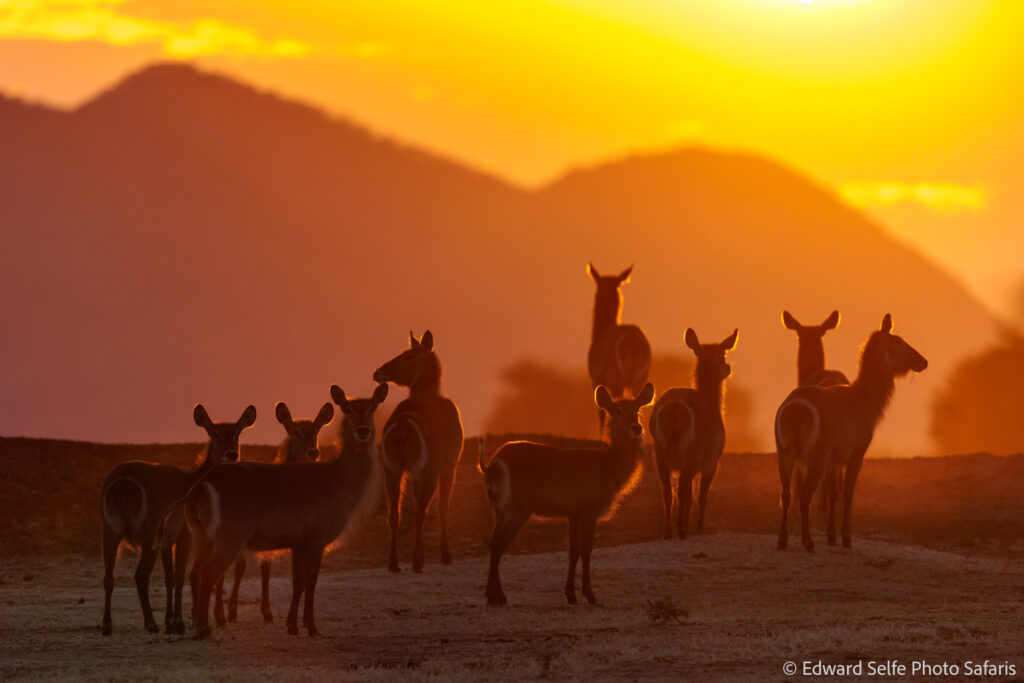
At the edge of the old floodplain – where the water would reach in the rainy season before the Zambezi was dammed – the land rises sharply onto the plains above. This ridge gives us an extraordinary opportunity to shoot NW at sunset and capture great dusty silhouettes at sunset. The light at this time of year is orange and rich….though the composition of this group of common waterbuck was not ideal. Sometimes a larger group of antelope is harder to work with as there is rarely a moment when they are all cooperating!
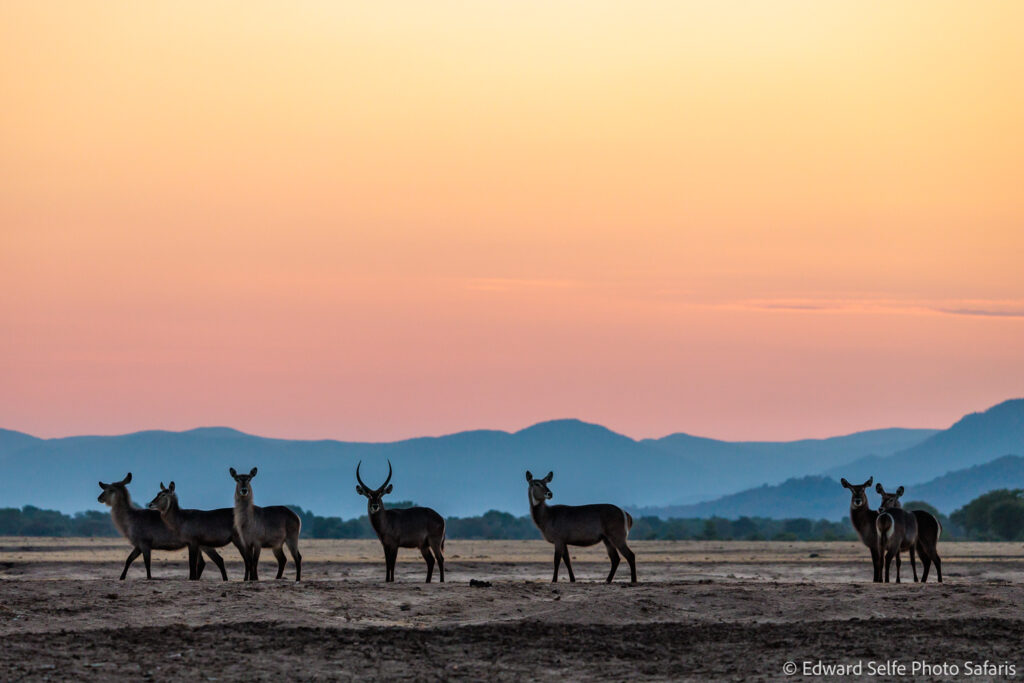
We waited, the light dropped, and this opportunity arose. It’s always worth waiting with wildlife photography.
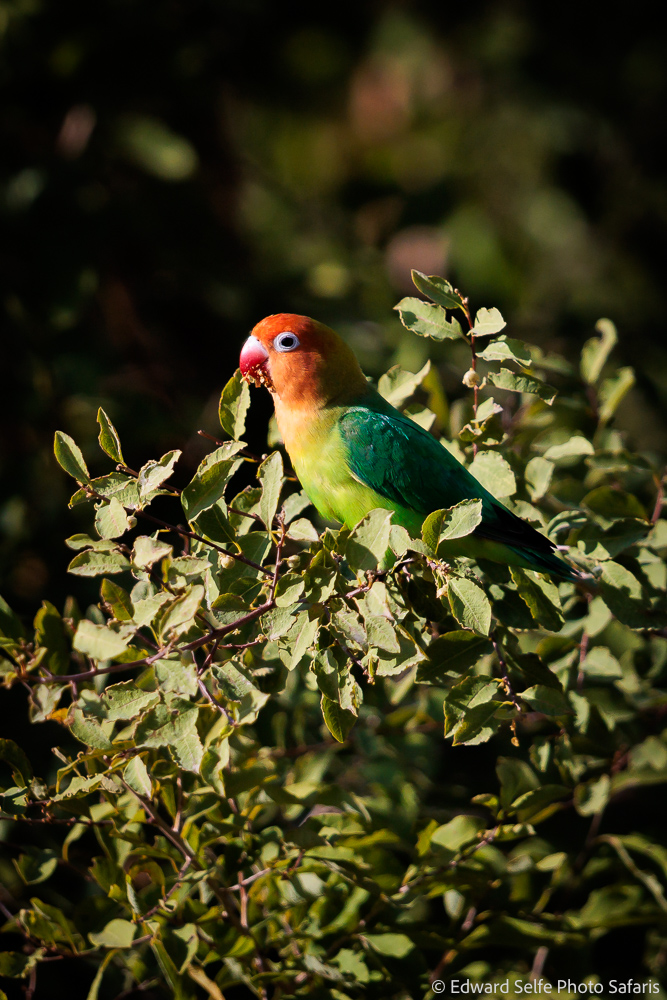
Lilian’s Lovebirds are a beautiful and plentiful species in the Luangwa and Zambezi Valleys (though not far beyond that). But they spend a lot of time in the canopy and are hard to approach. I could barely believe how close we could get to this flock as they fed on white-berry fruits just metres from us. In fact, we even ignored some impala warning calls for a while because the photography with this flock was so special.
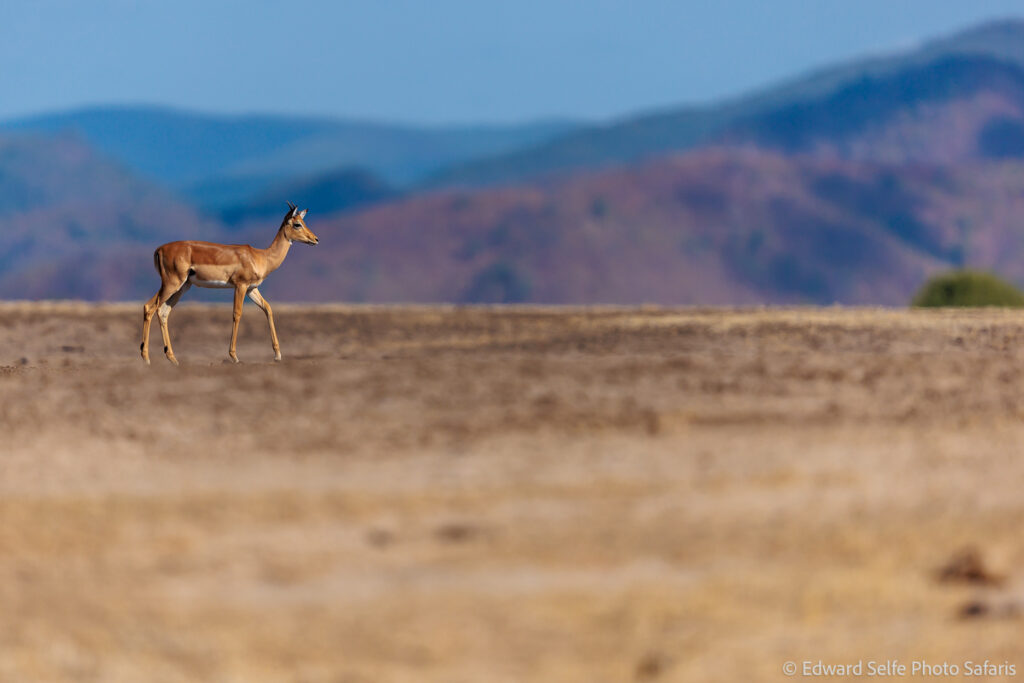
Late in the morning, when the light is harsh, I look for open areas in which to shoot. These areas are clear of the harsh shadows that develop in strong light and allow us to keep shooting even when the day is heating up. Using the massive space of Chakwenga Plains as negative space, we could combine the colours of the mountains with the elegance of impalas.
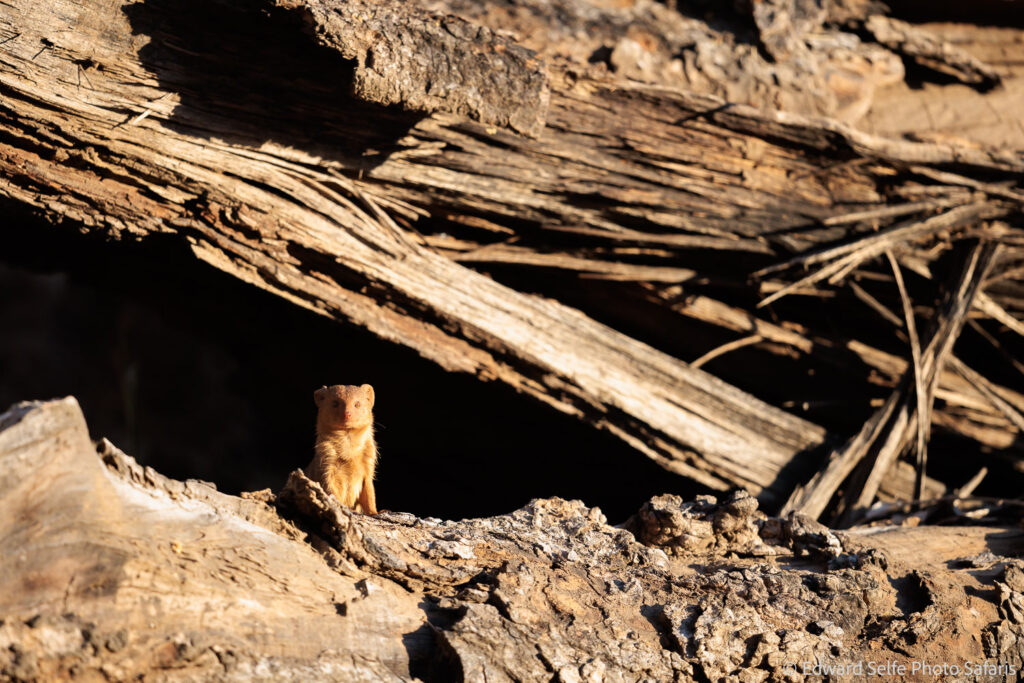
A dwarf mongoose family was foraging in a fallen tree. While we sat listening for alarm calls, they gave us time to explore the ways to show off a small species like this; using the dark background that develops in the gaps between the branches, we can create a natural stage light using the ‘differential light’.
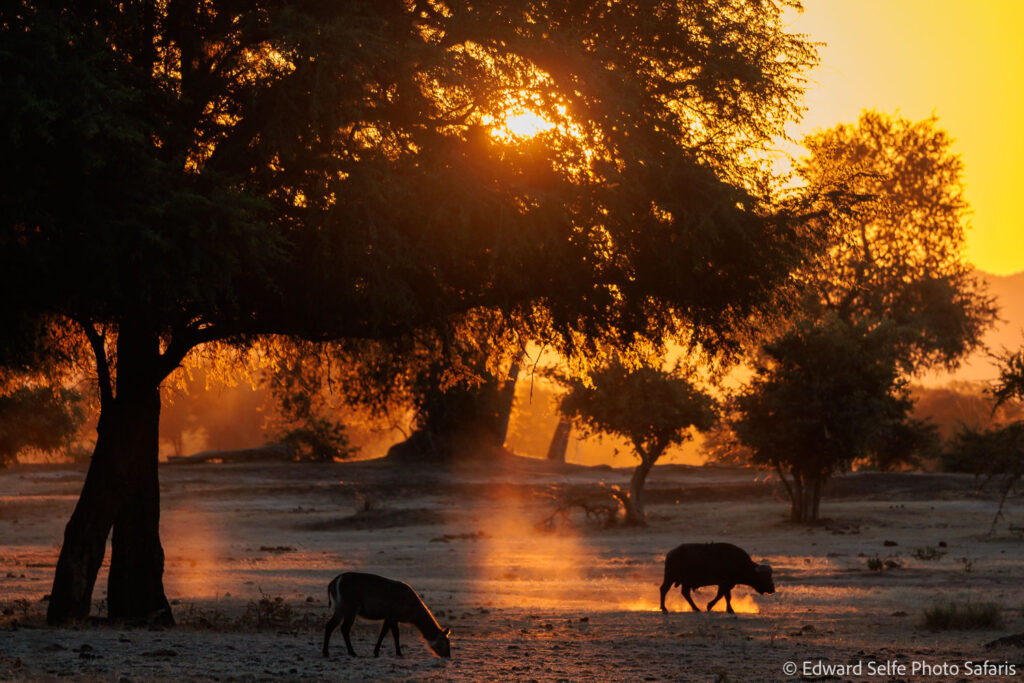
That evening we were back at the edge of Chakwenga Plains in the 20 minutes before sunset. There weren’t any opportunities on the edge of the ridge, so we dropped down and looked in the forest. Shooting “dark” with a negative exposure compensation enriches the colours and avoids the highlight areas around the sunset from bleaching out.
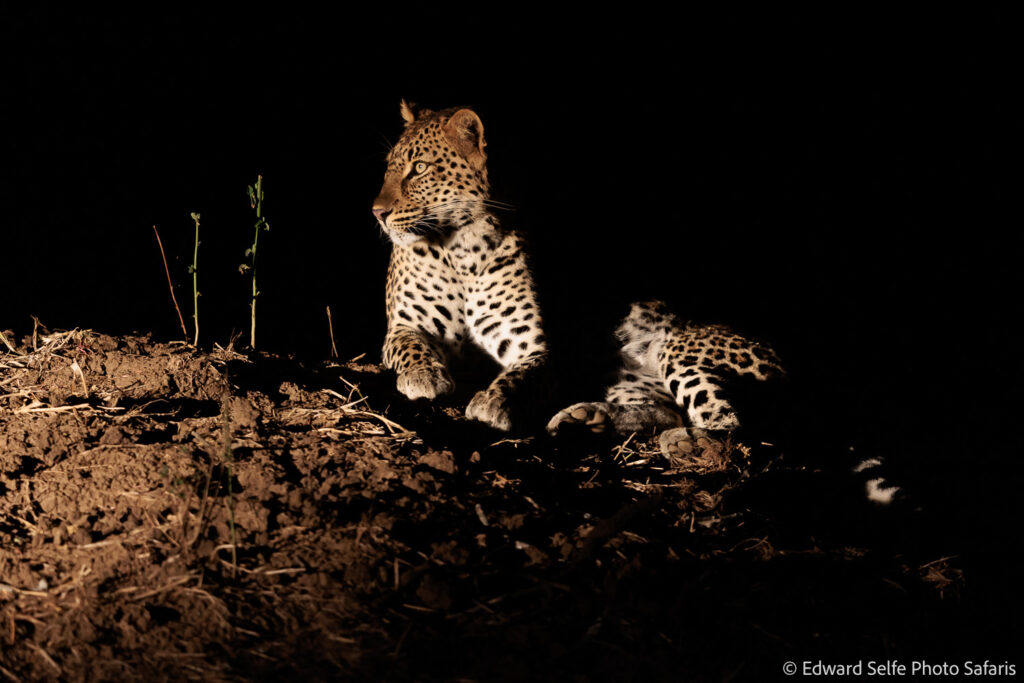
Leopards were being strangely elusive. We often see them daily in this area and we were struggling to track them down. It was likely that the constant presence of the lions (who we had seen but not in a productive location) was keeping their heads down. We were happy to see Scar even if it was in the dark and have a chance to shoot with the light of another Anabezi vehicle.
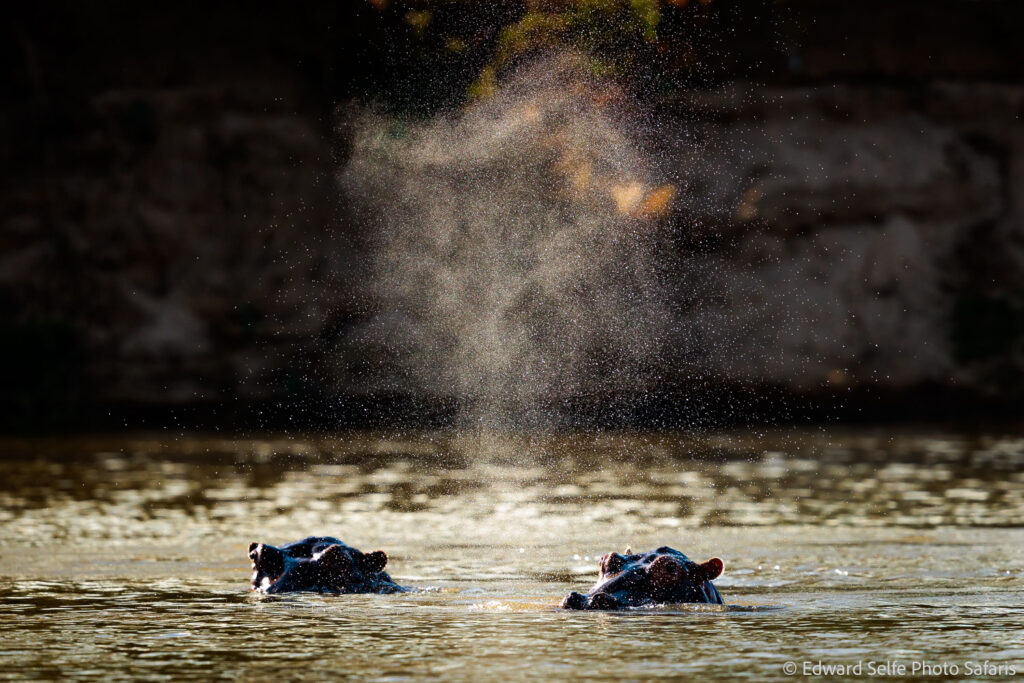
Southern Africa is experiencing a dry year, so the Zambezi water levels are lower than normal. We took a boat-ride on our third afternoon, hoping to find elephants in the water and lots of birds along the banks. In fact, it was fairly uneventful, partly because we couldn’t access any of the side channels since they are too shallow. However, some time spent shooting hippos against the dark banks in the early part of the afternoon was productive.
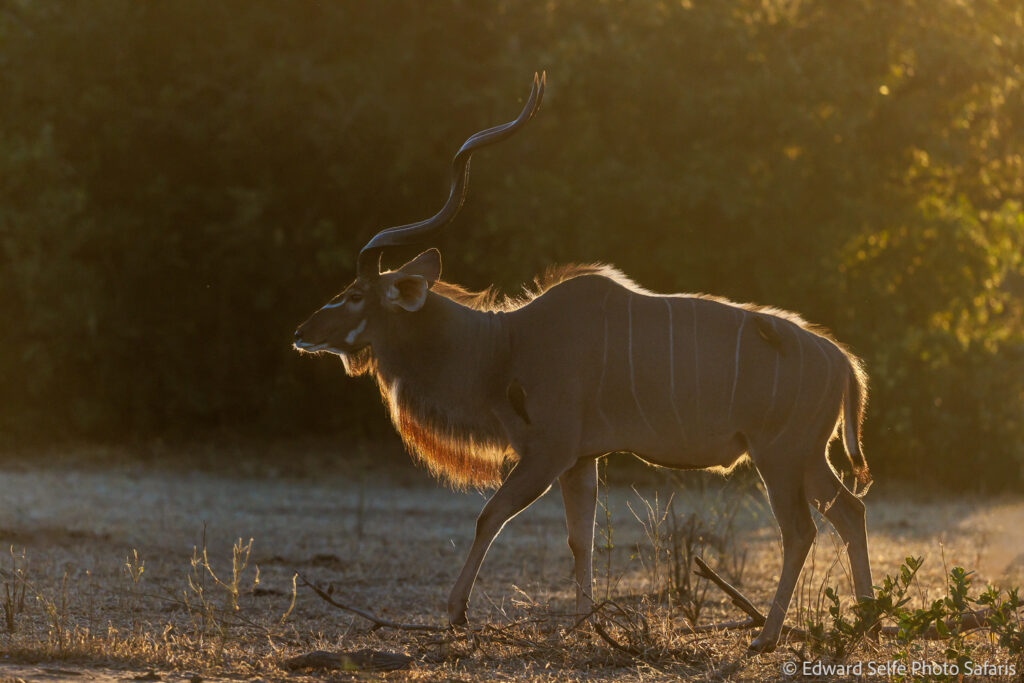
Shooting against the light is one of my favourite techniques. I love the chance to show the shape of a subject and work on a great background. My guests were all shooting low over the side of the truck for this image but I was higher up in the back so my angle was less flattering…but I still enjoy the clear golden background. Getting the right balance between a real image from the wild and something that appears heavily edited is something that I always keep in mind.
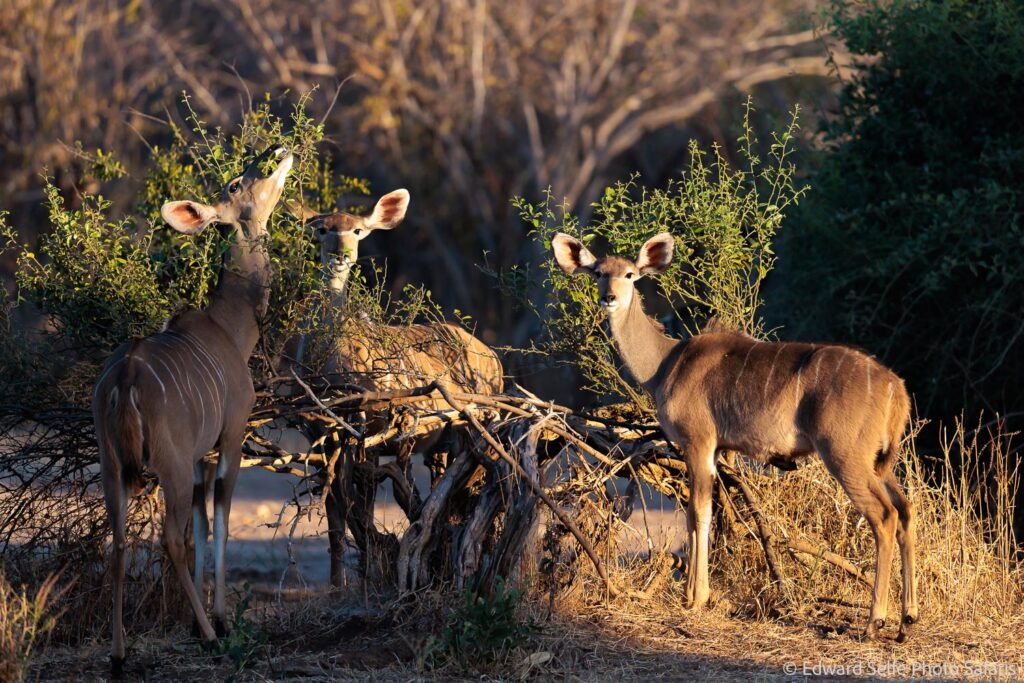
Strong side-light on the same herd of Kudu.
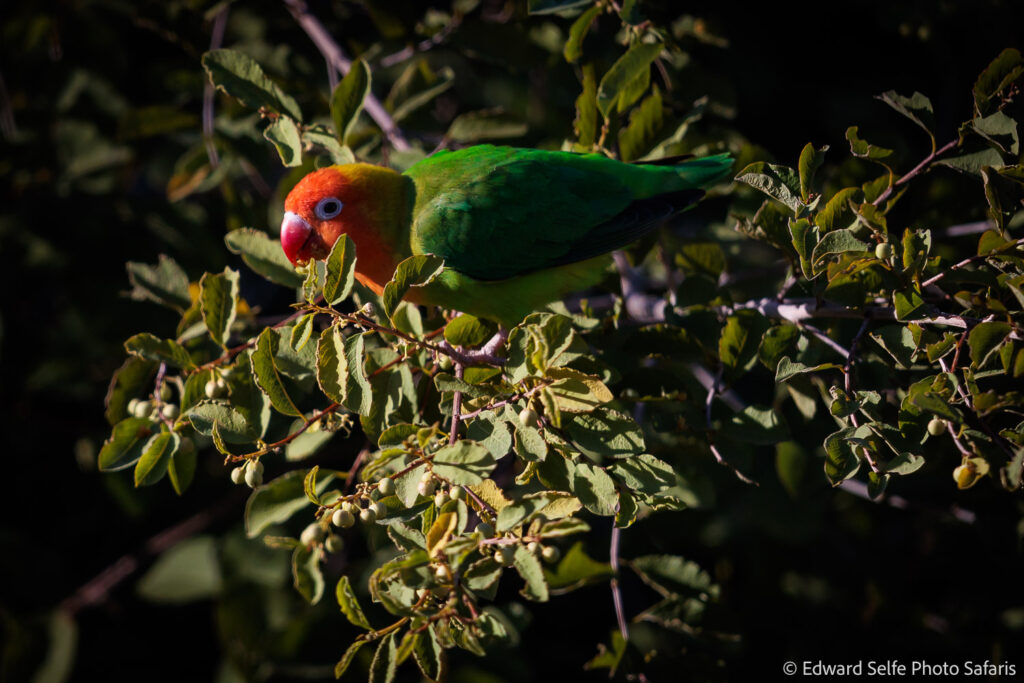
Back with the Lovebirds, which were still feasting on the white berries (Flueggea virosa).
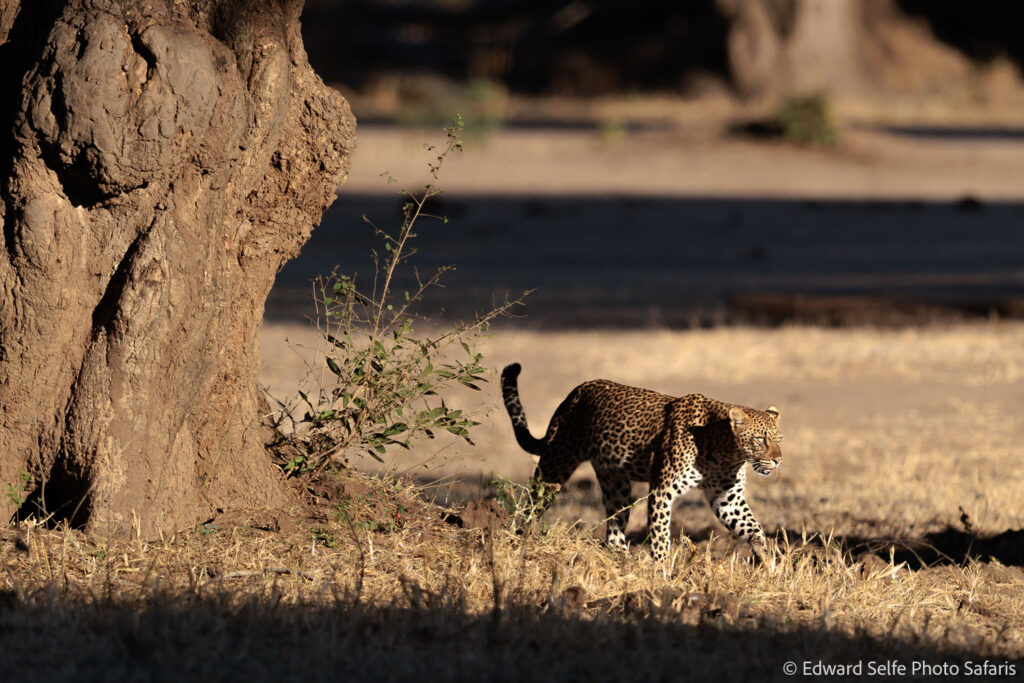
While watching the lovebirds, the impalas were alarming nearby. This time, we went straight to investigate and found Scar emerging from the Vittiveria grass. She was moving fast so we moved far ahead and waited in a suitable location; she obliged by passing through the frame as planned.
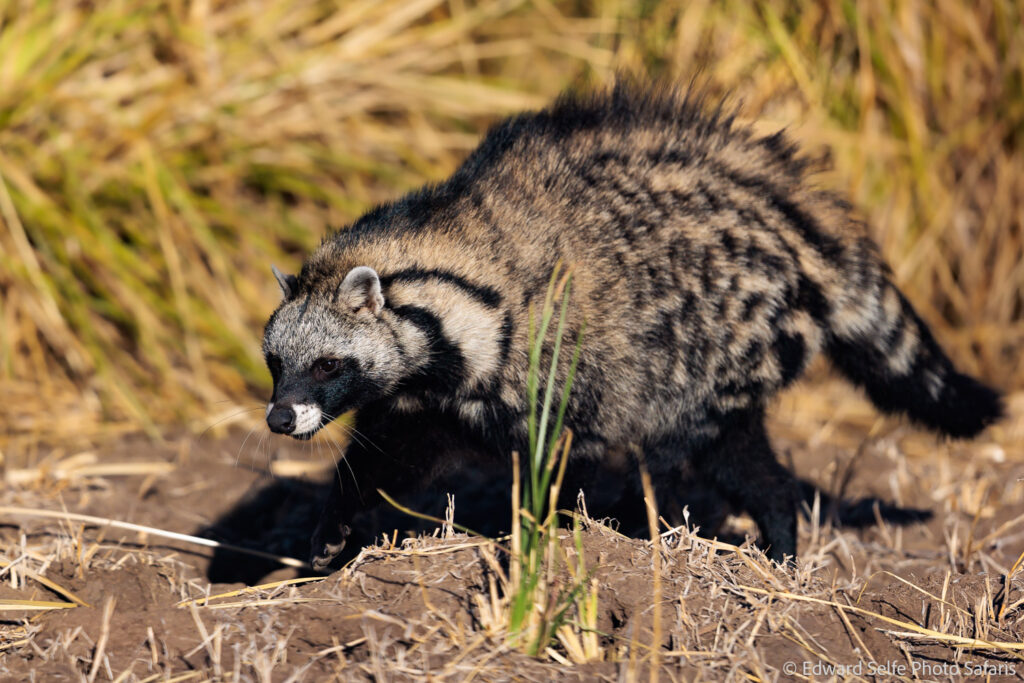
She disappeared into more adrenaline grass and all went quiet. There was rustling and we waited to see her emerge…but in her place, an African Civet appeared. She had clearly flushed it from the grass and it looked somewhat unimpressed! Always great to see a Civet during daylight hours.
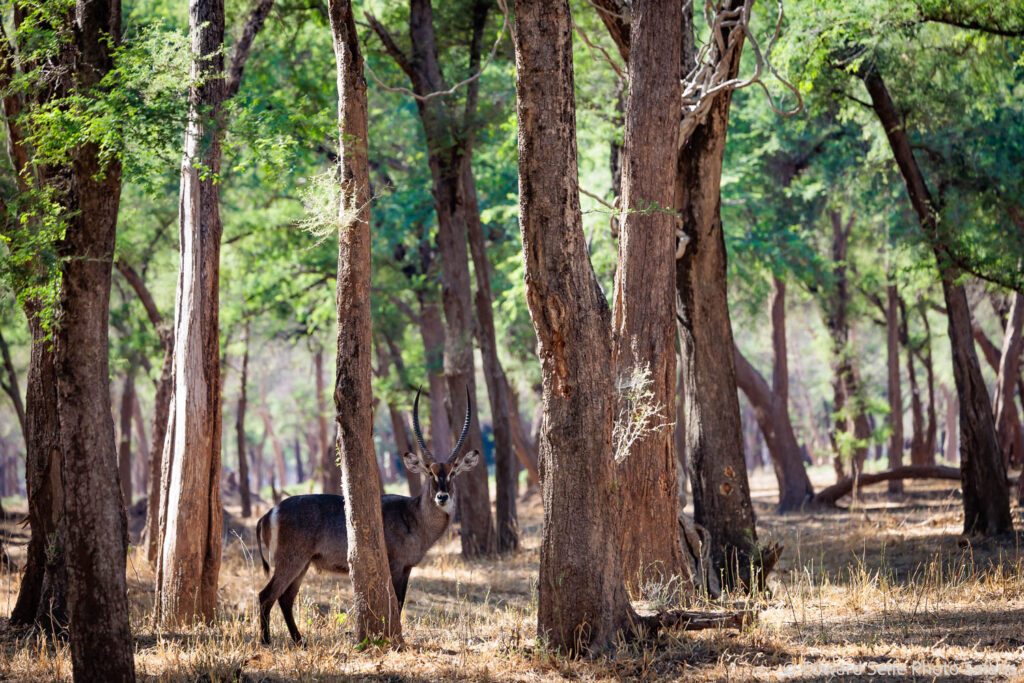
This image could surely only be Lower Zambezi. When on safari in an area, I think it’s important to give a sense of the place. Waterbuck occur widely across the continent so showing the surroundings in a pleasing and complementary way adds to the impact.
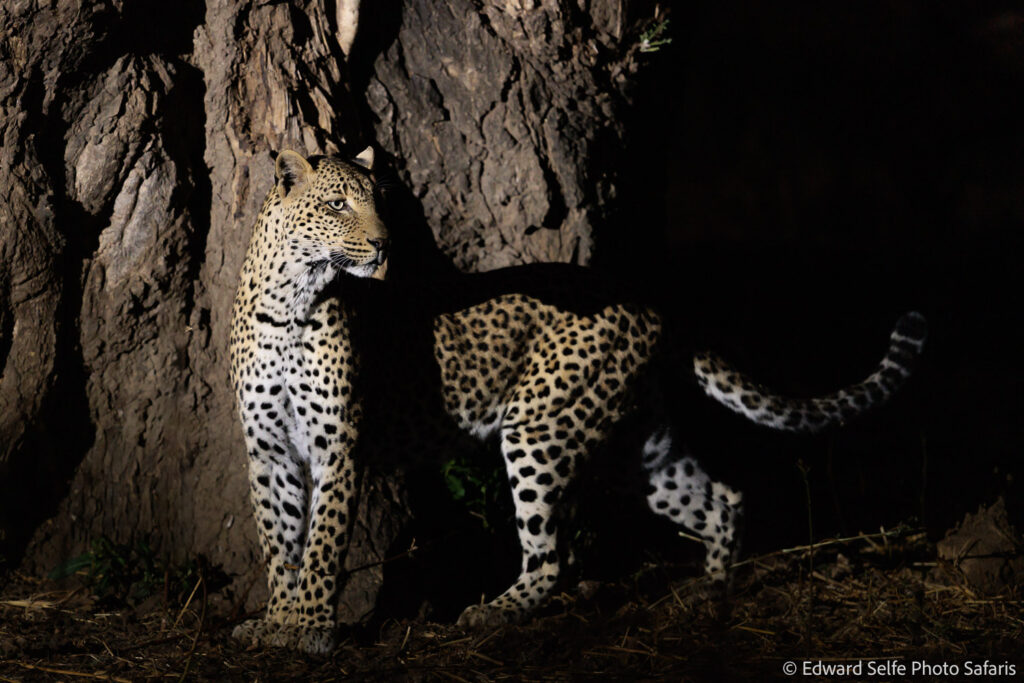
We found this leopard early in the morning (this is a pre-sunrise shot). But she didn’t hang around. Turns out that she is not one of the well-known residents but another female from across one of the now-dry channels. It’s likely that with the very dry conditions, leopards’ usual territorial boundaries can be tested more easily; it’s easy to respect a fast-flowing stream as the territorial boundary with your neighbour, but when that diminishes to a trickle, the temptation to explore beyond, especially if there are hunting opportunities, becomes stronger.
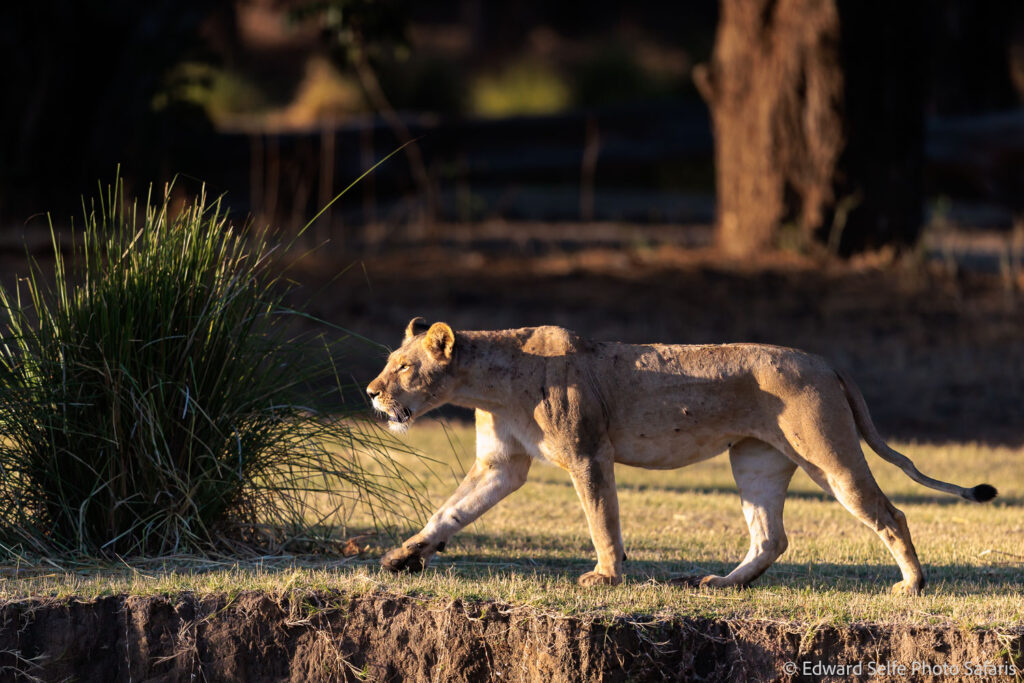
But once again it was the lions that gave us the adventures that morning; I don’t follow predators for their sake, though they do make great photos. But it is for the behaviour and action that goes on around them that they are so sought after by photo guides. Wherever lions move, heads are up, other species are alert and there is potential action and interaction. This female, the daughter of one of the two adults in the pride, was the most active in hunting and made big flanking movements across the forest floor, hoping to drive the waterbuck and impala closer to the other two who were lying in wait.
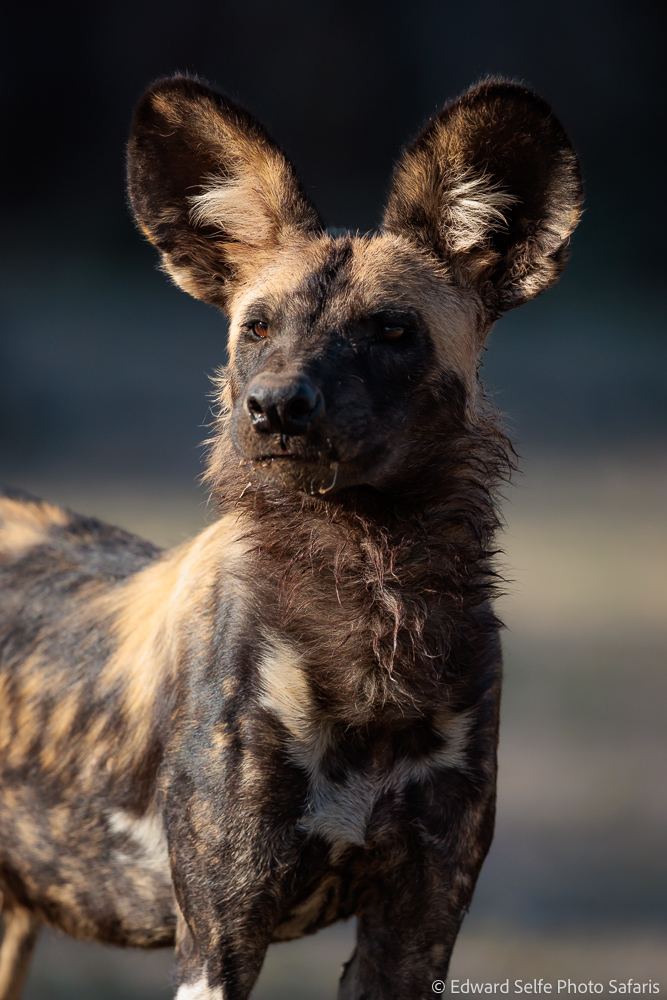
I was interested to see what had happened to the wild dog pack(s) of Lower Zambezi. For years, they have maintained a very large pack structure, staying together in a group of 30+ rather than splitting as would normally be expected. In fact, there have even been two litters of pups in the last few years which is highly unusual in wild dogs and gives further weight to the idea that it is two packs operating as 1. However, this time we saw 21 dogs, and heard that there was a breakaway group who were found further west towards Jeki Plains. These 21 were highly inactive on this particular afternoon, with only the chance at some portraits…..
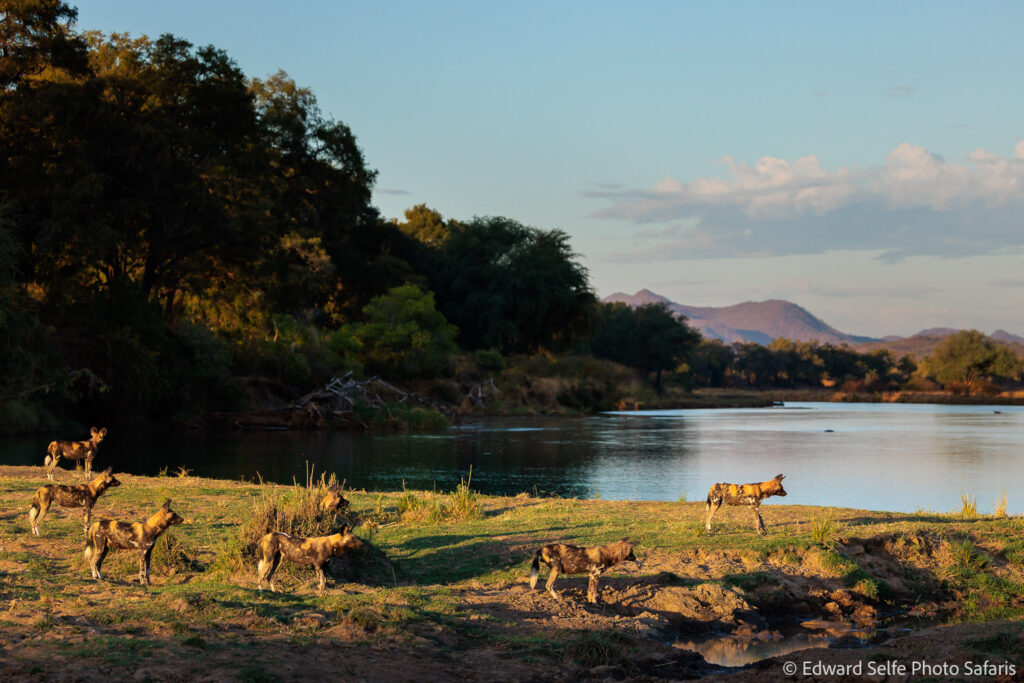
…and finally at last light, some very scenic photos of the pack at the edge of one of the Zambezi’s many channels.
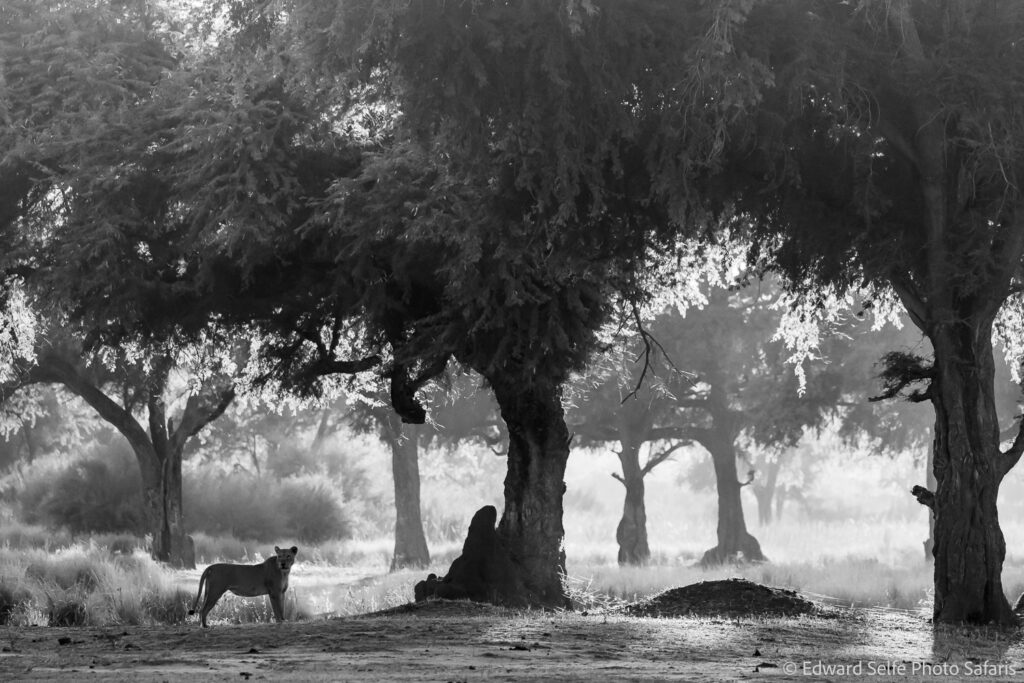
Another morning of lions hunting, and again it was the young female who was leading the charge. We kept our distance, hoping that she would make a successful hunt in one of the open spaces of the forest floor…. No such luck, but she did pause to look around on this ridge and I moved us quickly to place her in a gap so we could shoot wide and capture the scene with her distinctive shape at the bottom.
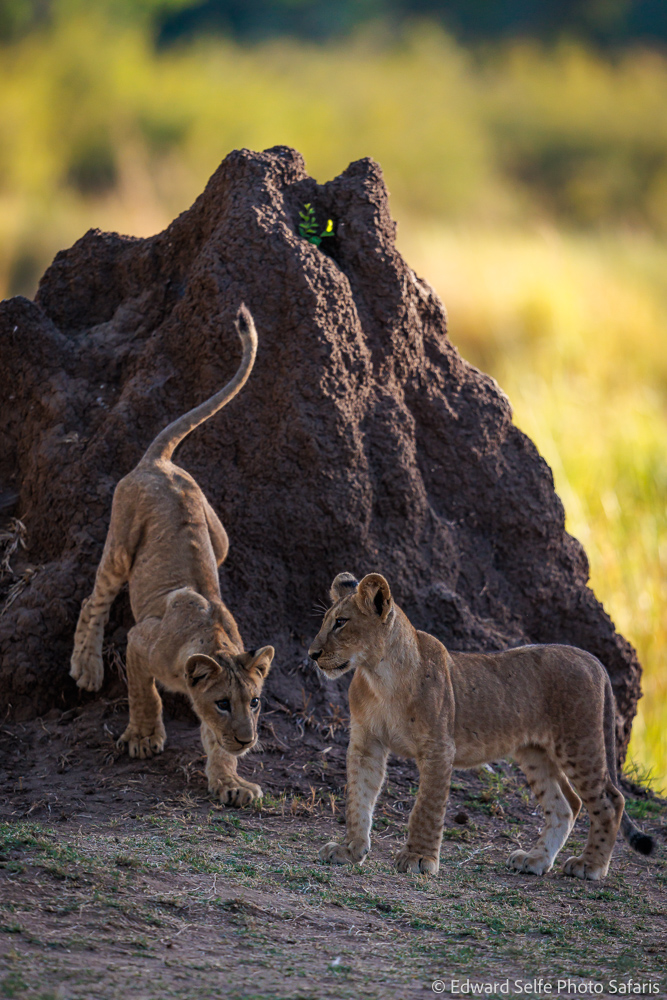
Nearby the cubs were watching; the male, as always, more adventurous than his sister and climbing onto the top of mounds to look around.
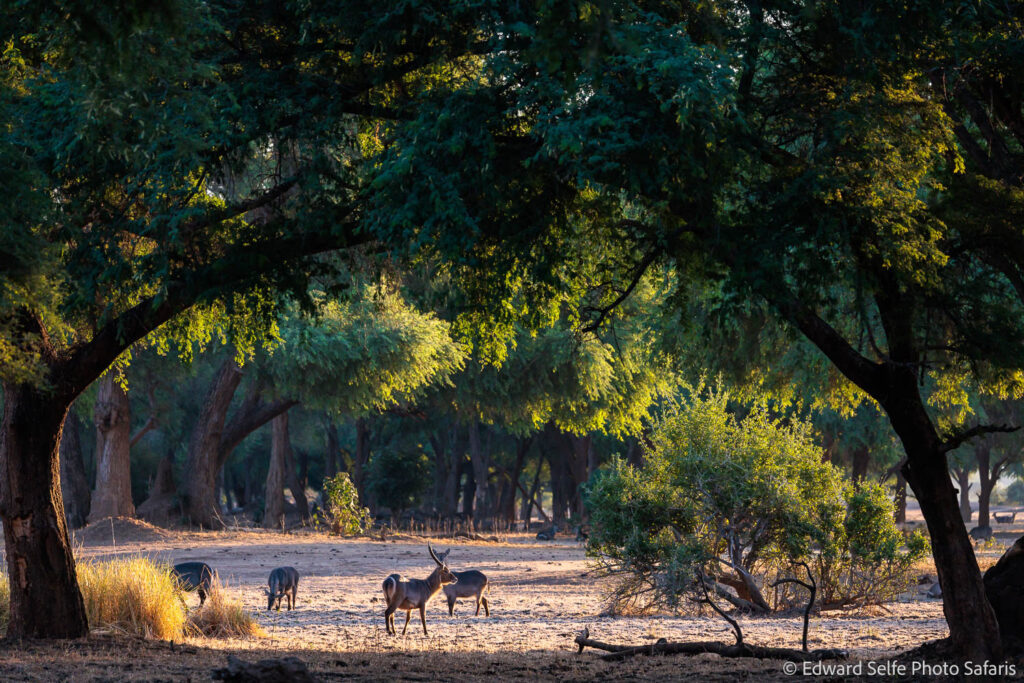
Sometimes I wonder what would happen if we chose a great spot and just sat. In this case, that is roughly what happened. We had been rushing around for days, pursuing lions and following alarm calls. So we slowed down in the later afternoon and waited to see what happened. As we approached this herd of waterbuck, I saw the archway emerging from the forest and knew that it could make a special image. This won’t win awards and won’t be the headliners in a portfolio but it helps a viewer to understand the landscape in which the prey species, as well as the lions, elephants, leopard and wild dogs, are making their lives.
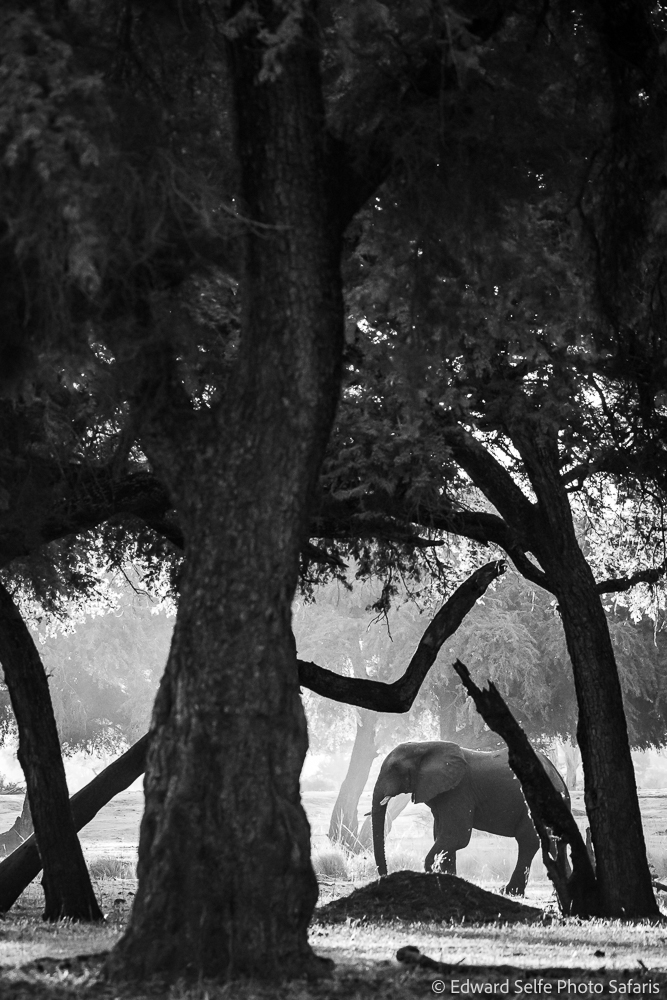
That afternoon was something special. We planned to sit at the best spot for light and wait to see what came. A couple of vehicles drove through the area which picked up some dust and helped with the atmosphere. Elephants started to emerge from the long grass along the channels and we waited some more…..
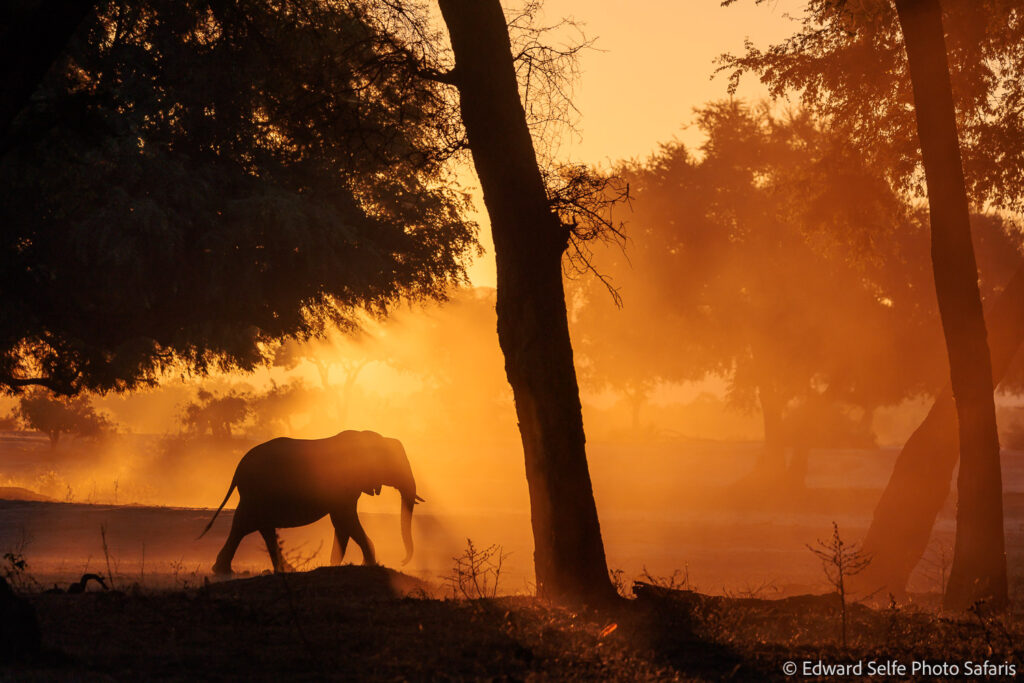
Just in time, as the light was perfect and the dust had yet to settle, the herds started to cross exactly where we had hoped they would. The challenge in this situation is to make sure that the autofocus latches on to the elephant itself and not to the shadow that the light creates on the dust.
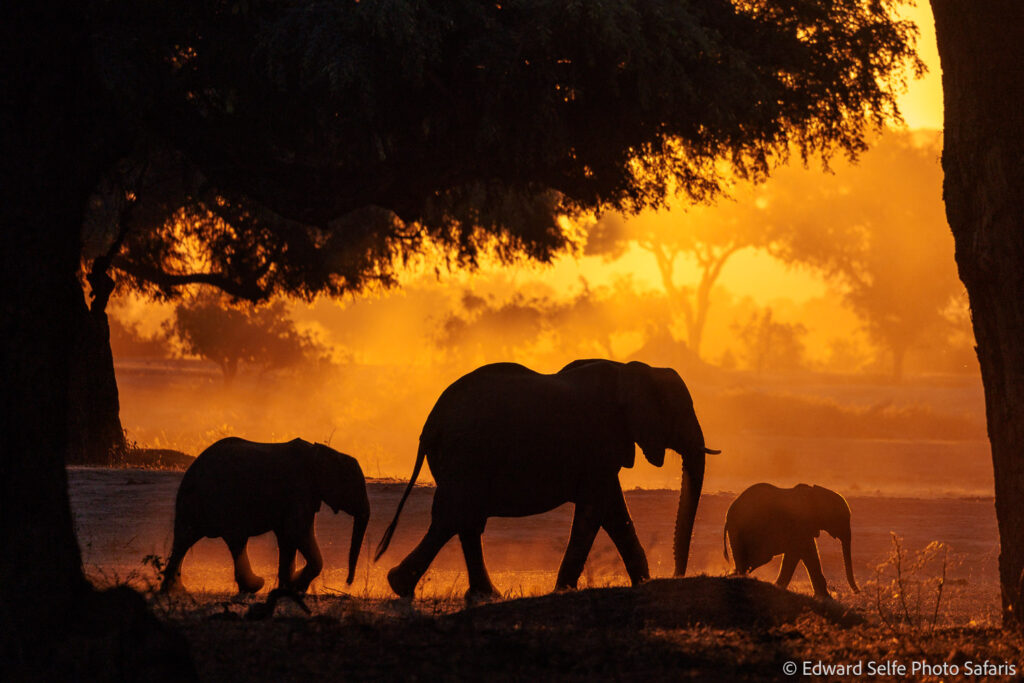
This image is almost exactly as it looked in the camera’s RAW file. I simply added a -2/3 stop to the exposure compensation and placed my focus point on the elephants’ feet. That way the AF system would be more likely to fix onto the elephant and, if not, to focus on the ground below them which would keep them in the plane of focus. (As the elephants approached this point, I had pre-focused on them and found that it was struggling to find enough contrast at -2/3 EV to latch on, hence the solution to focus on the ground. I use this technique with waterbirds too if I am concerned that the camera will miss the eye and jump to the background.)
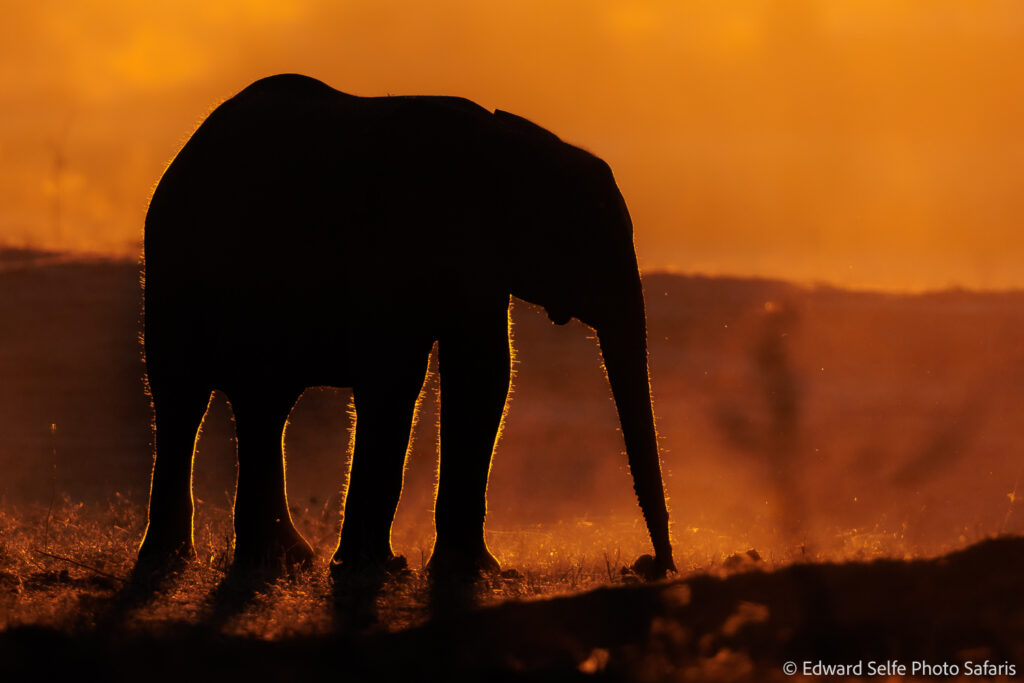
Switching to my longer lens, I shot close ups of the one youngster who remained when the rest had left…notice the detail of the hairs on the body which are backlit against the dust!
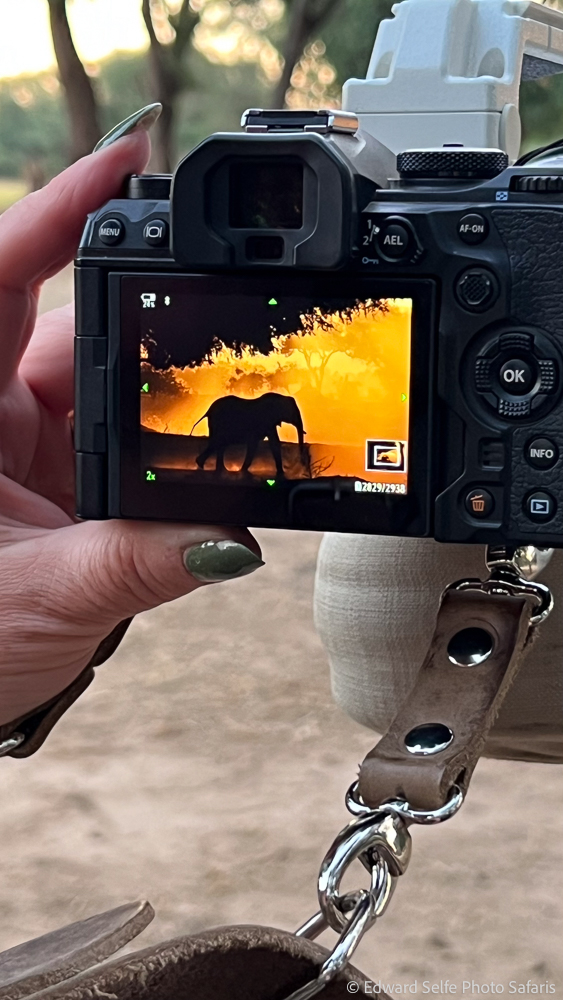
Great to see that Charlotte had also nailed the shot in camera!
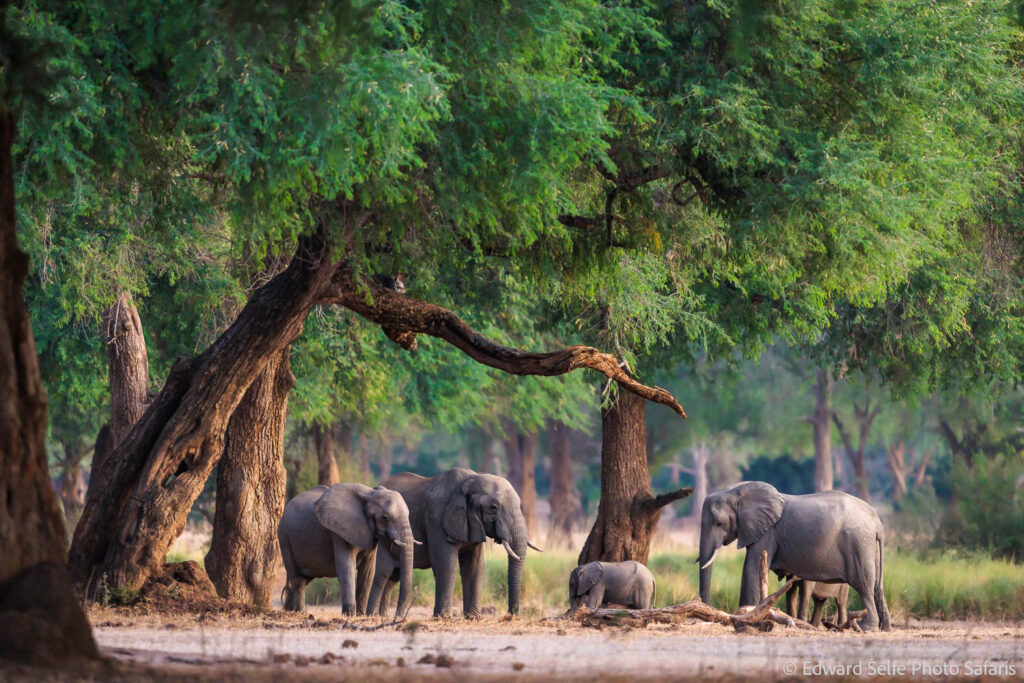
The herd didn’t go far. So we moved round with the light behind us and chose a spot far from them. Shooting with a long lens over this distance flattens the image and gives a pleasing background. The light was very soft and dim by this point. 1/30sec, f4, ISO3200.
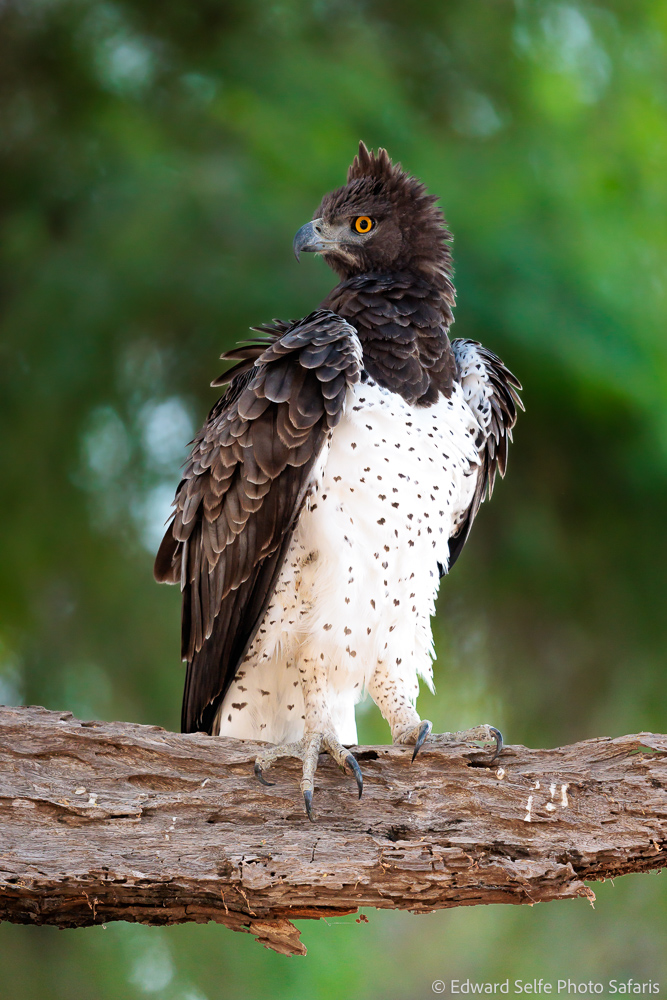
The following day, impala alarm calls led us to the lion cubs. No sign of the adults but we assumed they had gone hunting and would return later. The light was still very low so we left the cubs and planned to return in 30 minutes. Good choice as we found this Martial Eagle resting in a winterthorn tree very close to the road. I have seen this one before (I believe) and it seems to have no fears about people, giving amazing close ups! Every bit as impressive as a lion cub.
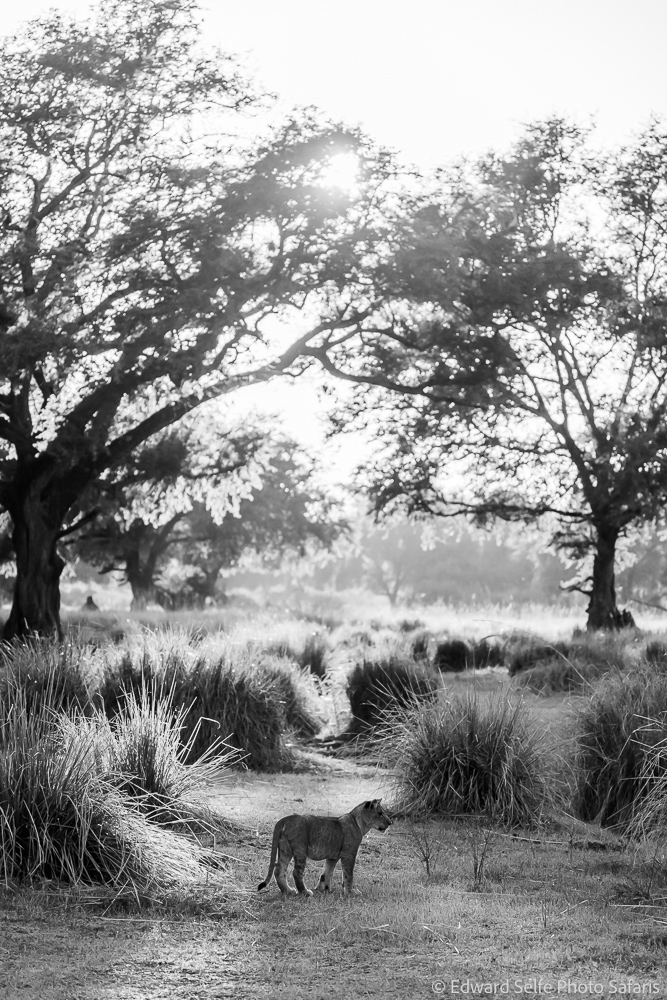
The light was up, and the cubs were active…
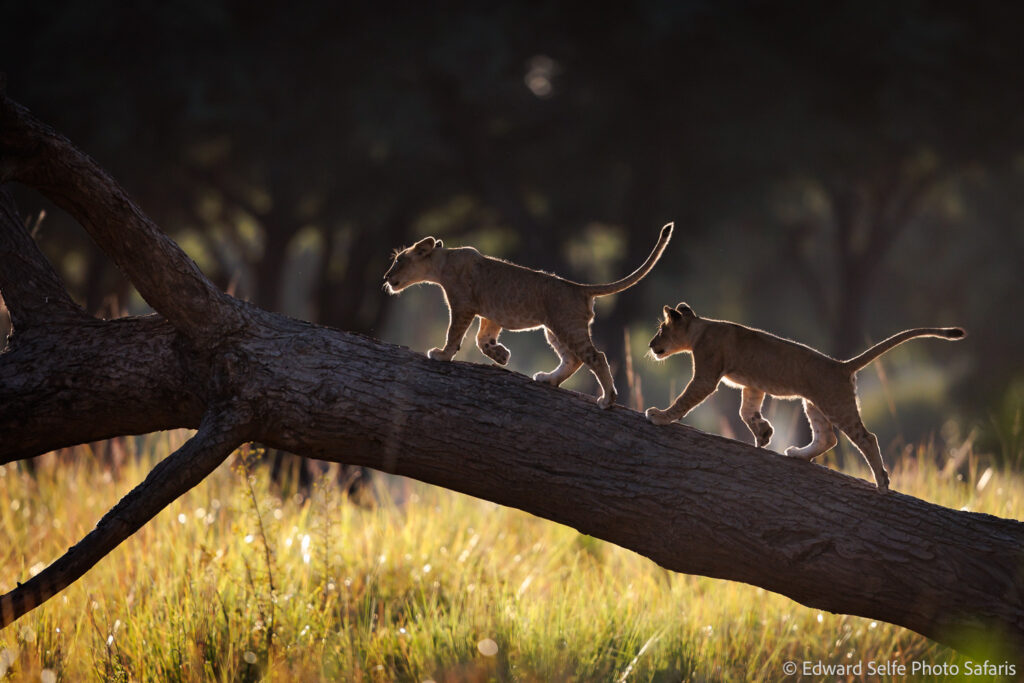
I saw the direction that they were heading, and I knew that the fallen tree was a favourite of cats….so we kept ahead to be in time for when they climbed the tree!
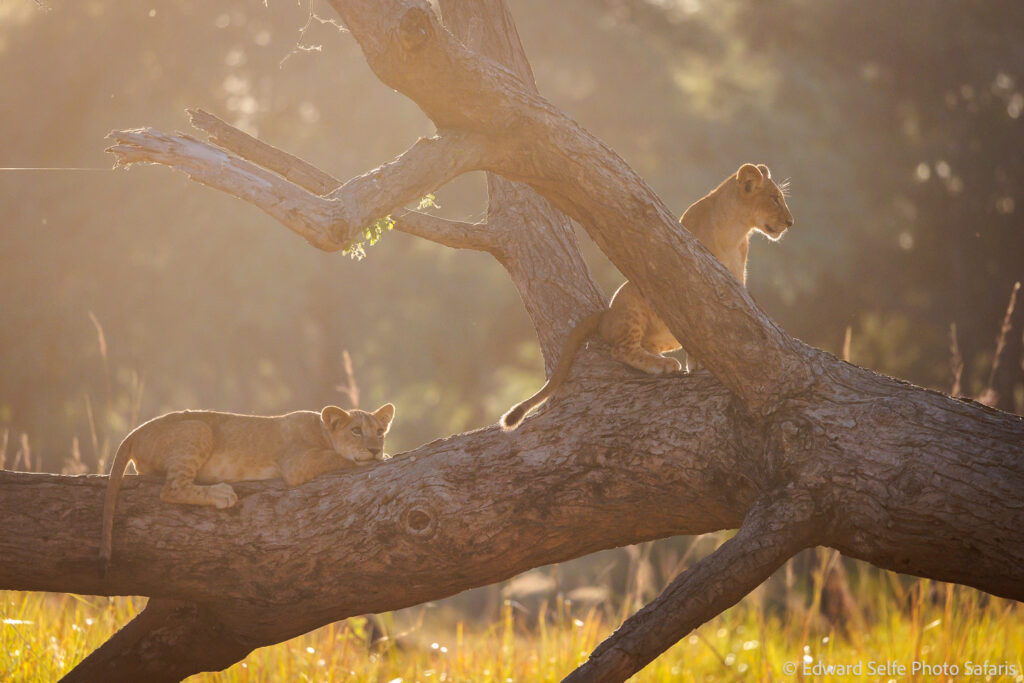
Shooting into the hazy light, getting flare from the lens….magic!
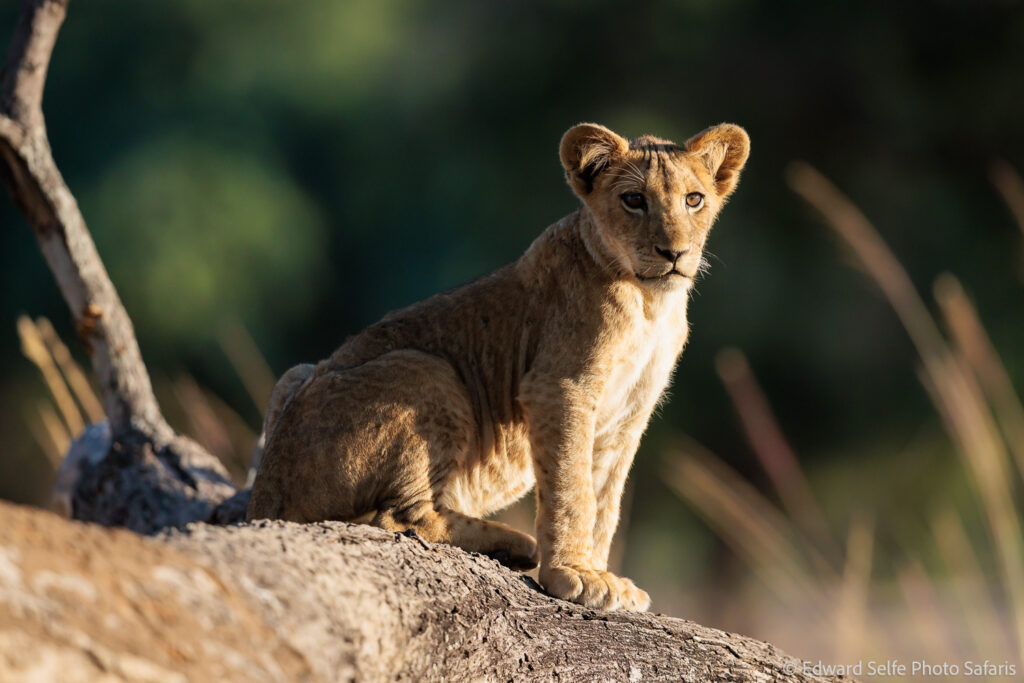
It’s rare that we get the chance to shoot into the light with a subject on a perfect fallen tree, with a distant and pleasing background. So we kept our position against the light for a while until the cubs settled and one descended. At that point, we moved around, placing the light from the side and shot beautiful portraits.
Later that morning, the rest of the pride returned and we managed to get low-angle shots of the males walking towards us, and the females reuniting with the cubs. Chance had it that these interactions happened on my side of the vehicle, requiring me often to sit back and not shoot. But there are some excellent images which I look forward to sharing on my Guest Reports soon.
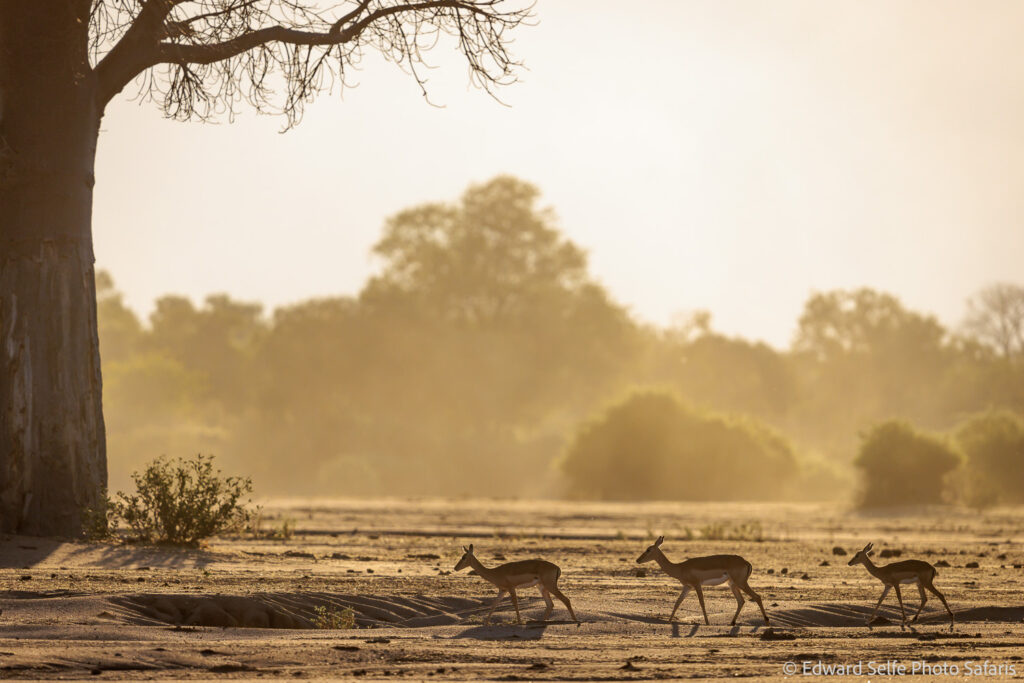
In the afternoon we heard from one of the Anabezi guides who went to the airstrip that the wild dog pack was resting nearby. We decided to go and see if we could find them again, and hope that they would be more active this time! It didn’t take long to find them, but they weren’t doing much in the early part of the evening. The impalas were a better and more interesting subject at that point!
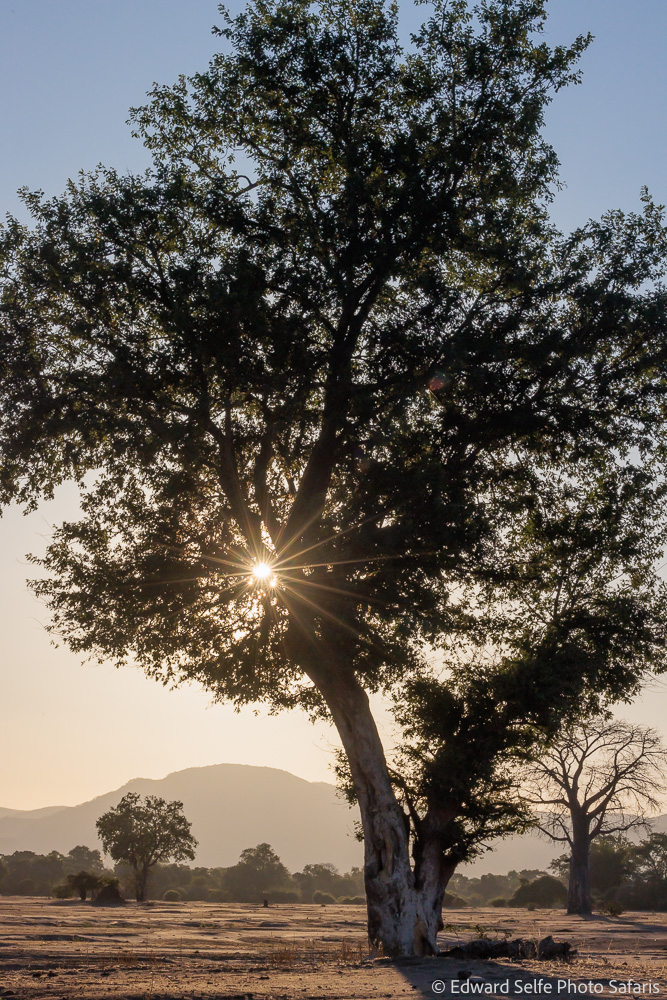
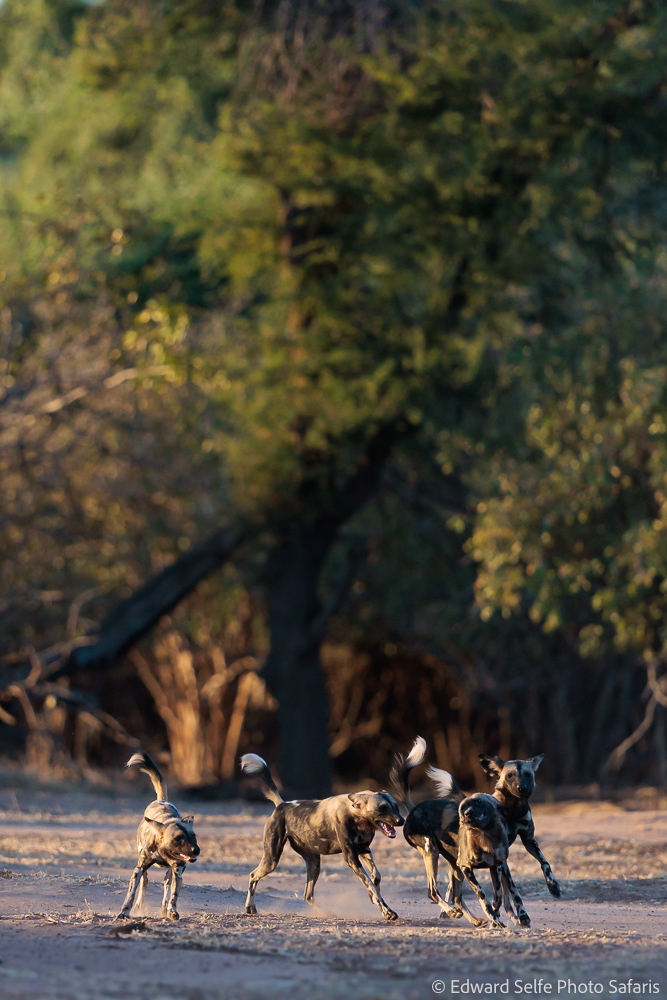
Finally, the dogs began to move! The light was low and the colours were beautiful.
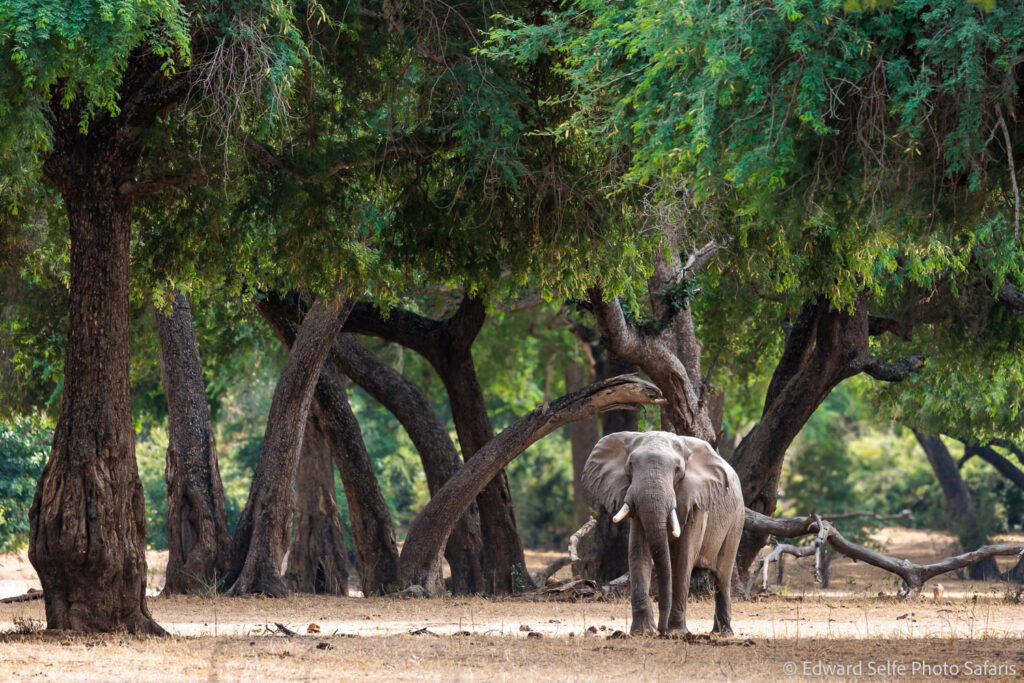
The final day in the surrounds of the Lower Zambezi. Leopards were on the agenda, as was shooting the best light. Sadly, we had a very cloudy day which made using the special light harder, but the addition of a large musth bull into the nearby forest kept us busy, and created interesting behaviour between the herds and the large male. Here, he starts to reach for a high branch, but then thinks twice about it.
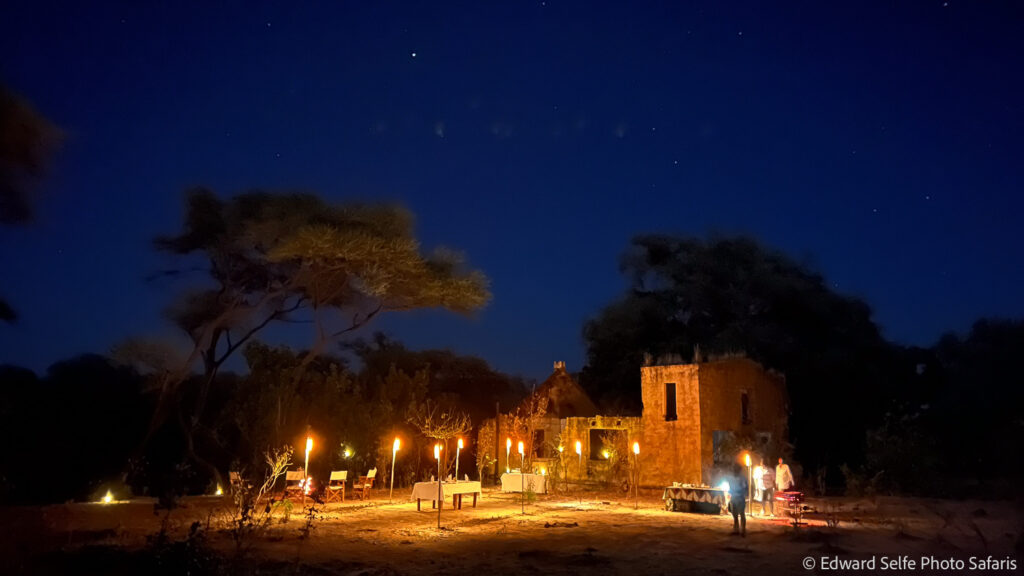
Anabezi had kindly laid on a stunning bush dinner for us in the ruins of an old Presidential hunting lodge. It was eerie and beautiful. The level of service and special treatment at Anabezi is superb and I would recommend it, not just for the attention to detail in the lodge and the service, but in the way that they allow us to prioritise safari, preparing packed breakfasts, late lunches and anything we need to help us get the best experience.
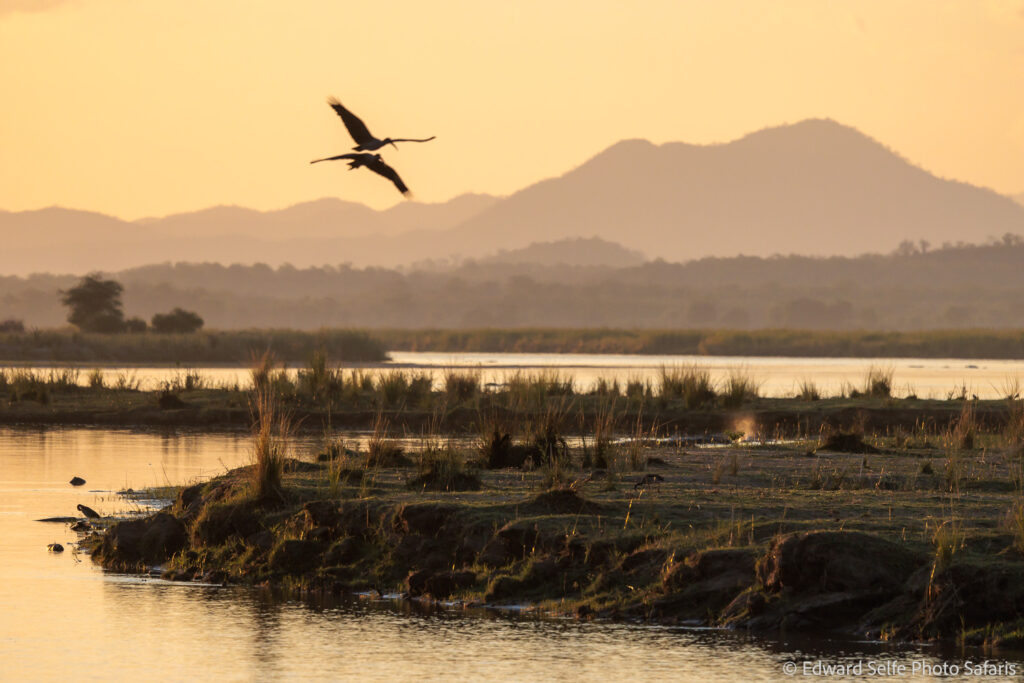
A scenic short final morning drive along the river. The light was very special today after the cloudy day previously and the dawn glow was peach and gold.
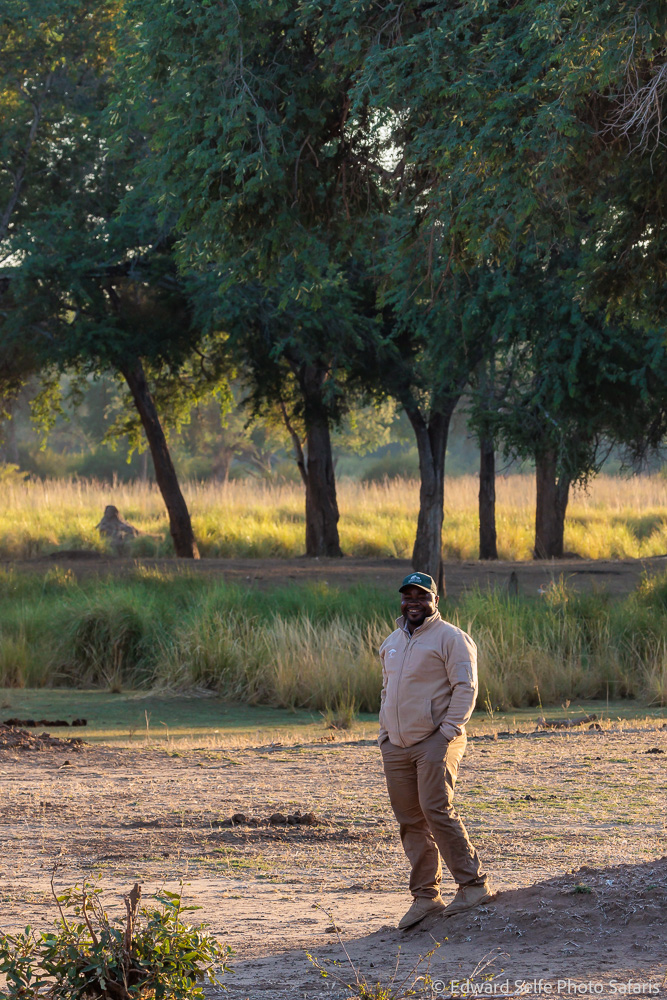
A final note about our guide, John Kalidza. A special, gentle soul who works hard always to give the best experience. It’s not easy for him to have a Zambia-qualified guide in the back of his vehicle but he conducts himself with grace throughout. He’s also sharp on sightings, and thinks ahead about where to position a vehicle; it’s a pleasure working with him and I look forward to another 5 days with him in August.
This had been the longest time I had ever spent in one camp. I always like to have 3 nights, and ideally 4, in any camp as I think that gives time to settle into the sightings and work out which stories to follow over the time available. 8 nights felt like it might be too long, but in fact it gave us ample time to learn the best places to be at the best times of day. It was also a pleasure to be able to spend extended time with my guests and add value to their trip with ongoing advice on cameras, settings and how to look for the best backgrounds for a subject.
I would repeat this itinerary without a second thought and, if it appeals to you, please check out my itineraries for 2025 and get in touch. Very many of my tours are now built around guests’ requests so please do get in touch if you would like me to set up a tour for dates that suit you.

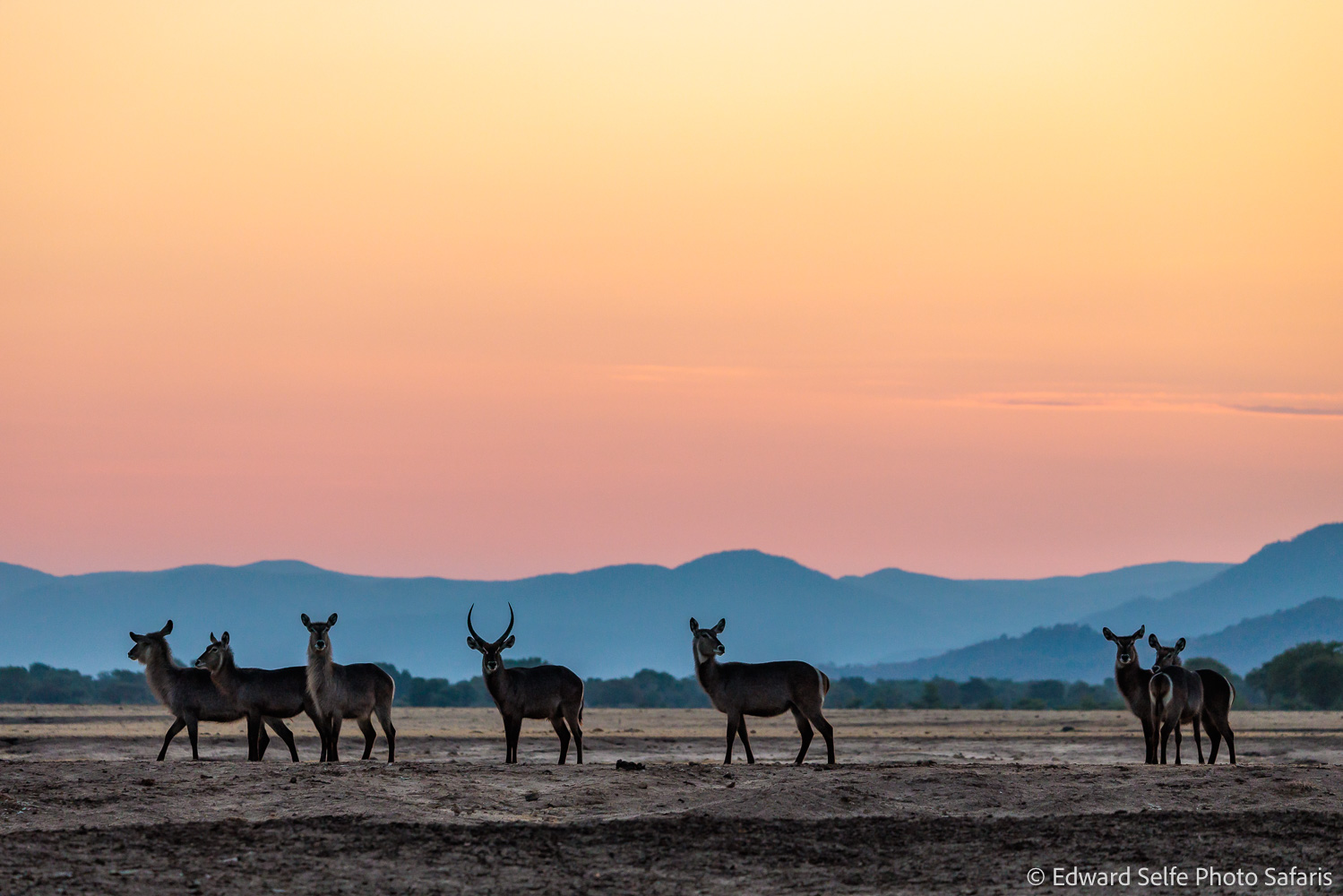
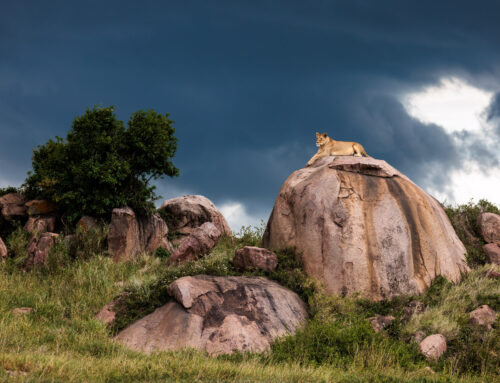
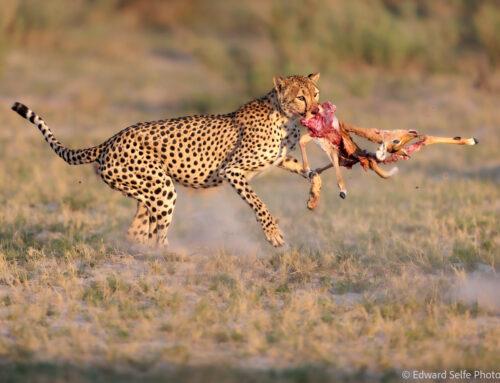

Leave A Comment